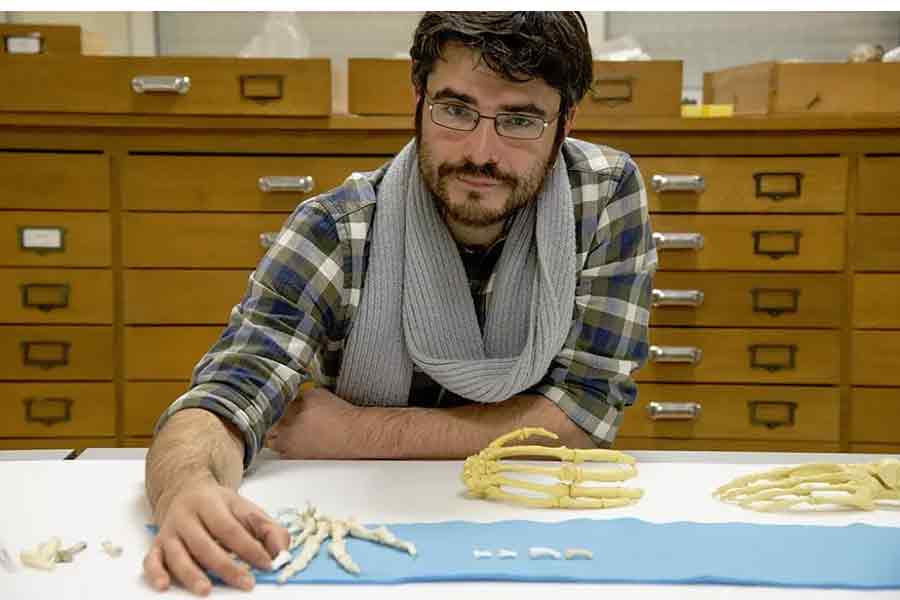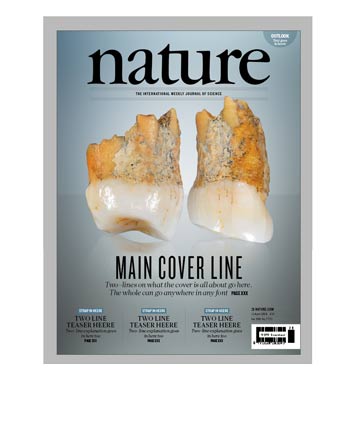April 11th 2019 : Publication Nature
A new species of Homo from the Late Pleistocene of the Philippines

An international, multidisciplinary research team, involving Guillaume Daver, paleoanthropologist and specialist of the human skeleton evolution at the University of Poitiers (UMR CNRS 7262 PALEVOPRIM), discovered a new human species, Homo luzonensis, by excavating the Callao cave, located in Luzon, the main island of northern Philippines. Published by the journal Nature, the study of the fossils, between 67,000 years and 50,000 years ago, unveiled a peculiar mosaic of morphological features that differentiates Homo luzonensis from all other species of the genus Homo. This stresses the major role played by the islands of southeastern Asia in the hominin evolutionary history.
Reference
Florent Détroit, Armand Salvador Mijares, Julien Corny, Guillaume Daver, Clément Zanolli, Eusebio Dizon, Emil Robles, Rainer Grün & Philip J. Piper – “A new species of Homo from the Late Pleistocene of the Philippines” – Naturevolume 568, pages181–186 (2019)
Find out more
- https://www.univ-poitiers.fr/un-paleoanthropologue-de-luniversite-de-poitiers-implique-dans-la-decouverte-dune-nouvelle-espece-humaine/
- http://www.cnrs.fr/fr/homo-luzonensis-une-nouvelle-espece-humaine-contemporaine-dhomo-sapiens-decouverte-aux-philippines
- https://www.nature.com/nature/volumes/568/issues/7751
- https://www.nature.com/articles/s41586-019-1067-9





